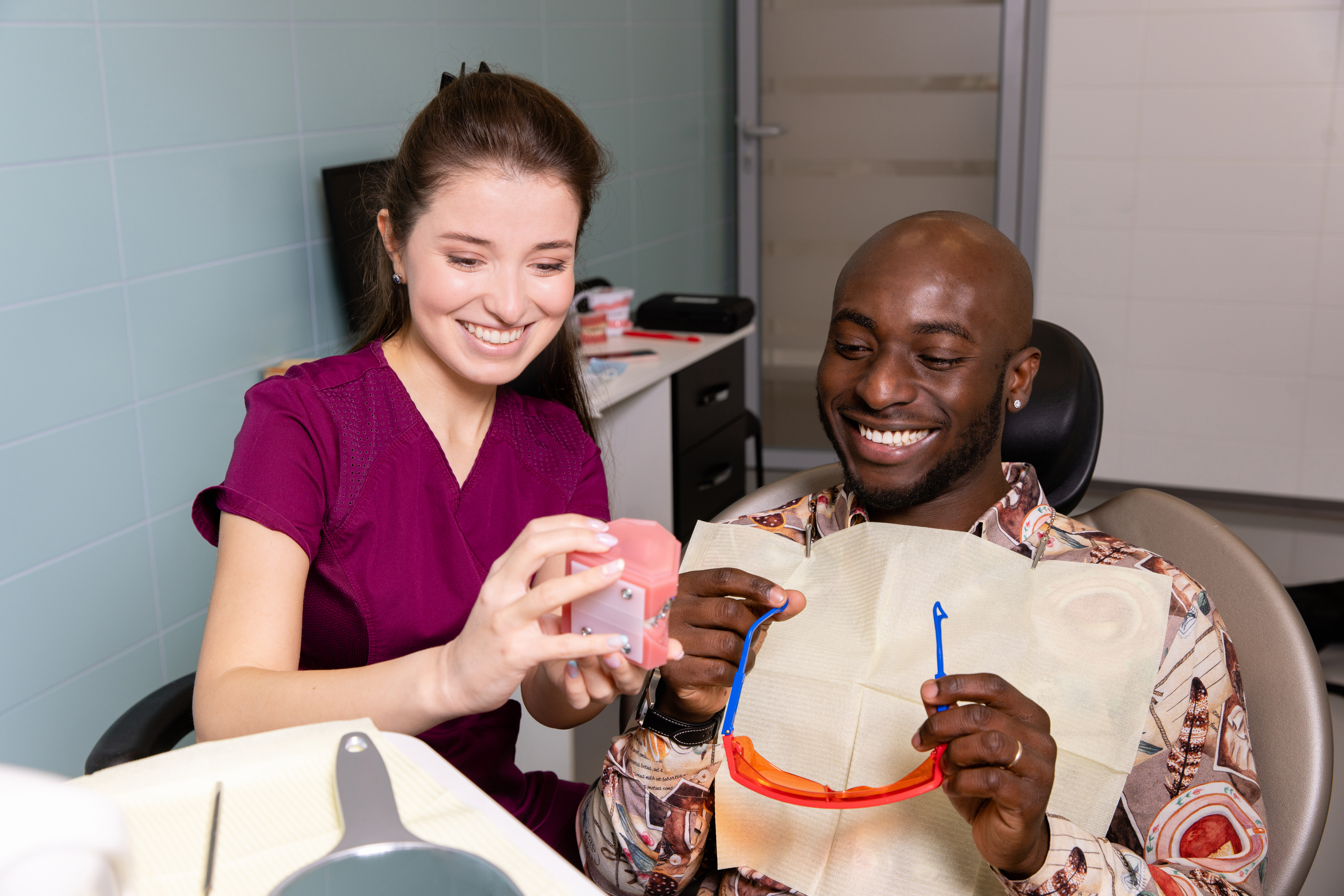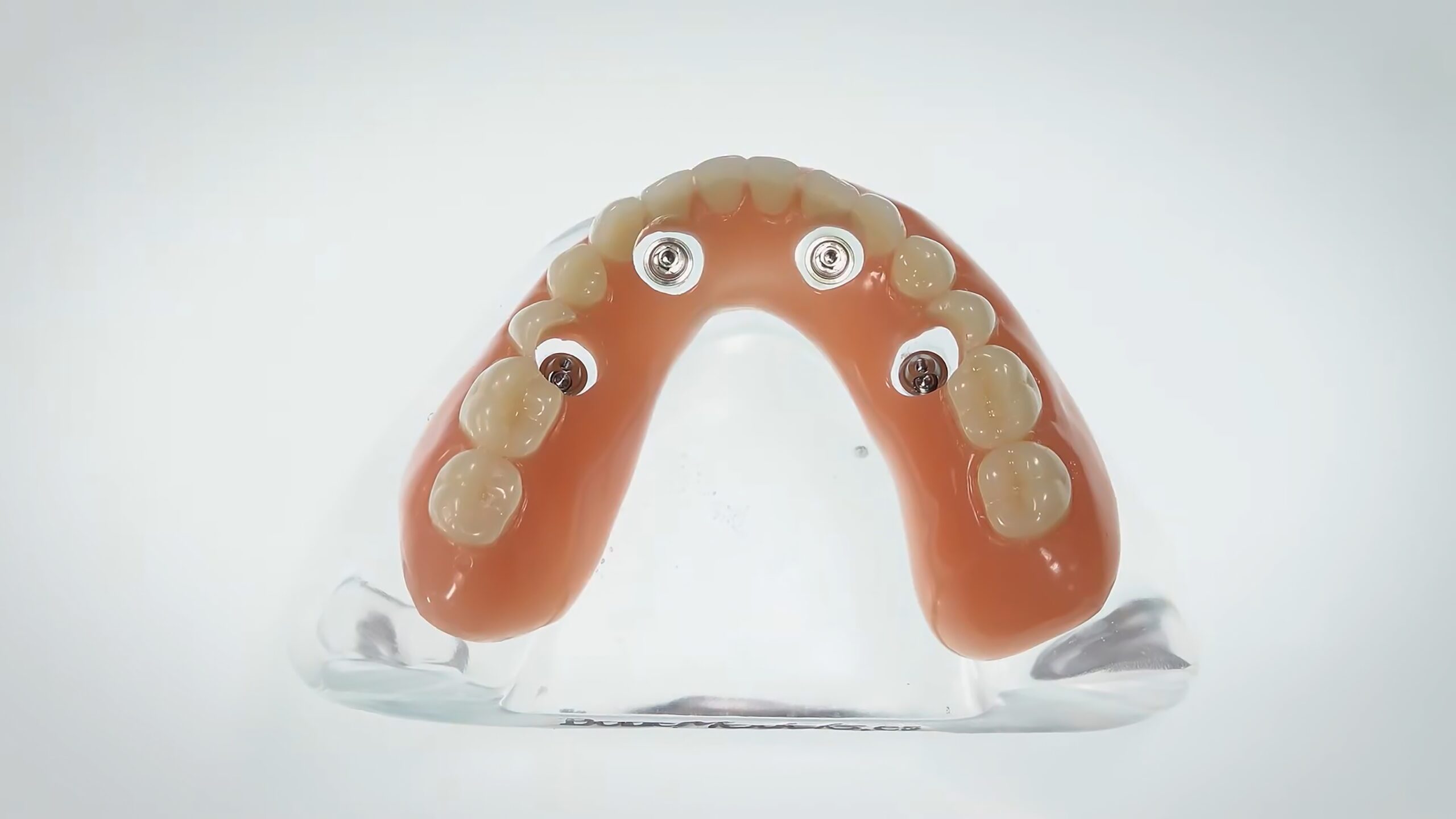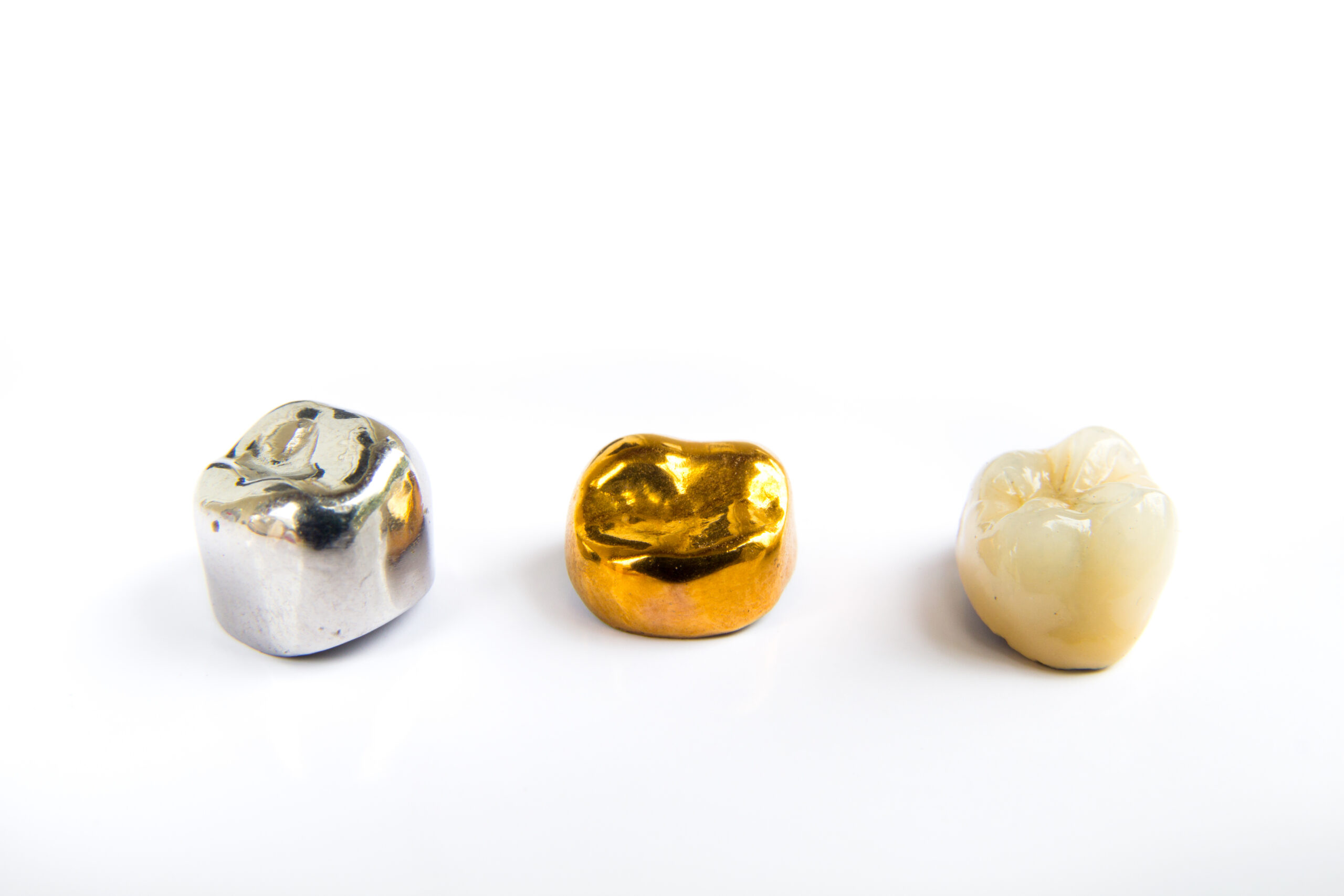Effectively Guiding Our Dental Patients
By Paul A. Henny, DDS
Effective leadership in dentistry requires open-mindedness and empathy, while at the same time, assertiveness, consistency, adaptableness, and resilience.
That’s a tall order!
Many of us struggle to be assertive and empathetic at the same time, particularly when we are under pressure. All too often, we lean into our positional power and superior knowledge and don’t stop to ask ourselves:
- How does the patient feel about my message?
- Does the patient understand the long-term implications of the information I have presented?
It’s important to remind ourselves that decision-making is a two-step process:
Step 1: The recognition of accurate, relevant, timely, and important new information
Step 2: Reasoning to make choices that align with values and goals
Few people fully understand the nature of their problems, needs, and the complex processes necessary to realize their goals when they first come into our dental offices. Patients often behave dogmatically or too emotionally, which leads them to choices that result in more failure and frustration.
Our ability to facilitate learning in others and lead them to decisions with predictably better outcomes can be developed. This is good news! With understanding, practice, and reinforcement through successful experiences, we can all learn how to become more effective leaders and develop a more successful practice.
The 6 Key Steps to Effectively Guiding Our Patients
- Slow down and manage your time more strategically to spend more time with each patient.
- Demonstrate empathy. Stay in conversation and ask questions to understand what they know and how they feel about the information you are giving them.
- Create a safe and effective environment for learning. This entails slowing down your delivery of information into the bite sizes that are appropriate for the patient and pausing often for their minds to catch up and for them to experience self-discoveries.
- Show deference for the fact that each person is the best expert regarding themselves, their feelings, values, and goals. Let them know you will support them in their process and invite them to learn more and weigh their new knowledge against their values, priorities, and long-term goals.
- Give each person enough time to make complex decisions as well as work through the logistics necessary to make their decisions fit into their life.
- 6. Remain clear and assertive about what is in the patient’s best health interests and consistent with your values. Only proceed with treatment decisions that are mutually agreed upon as appropriate.


















